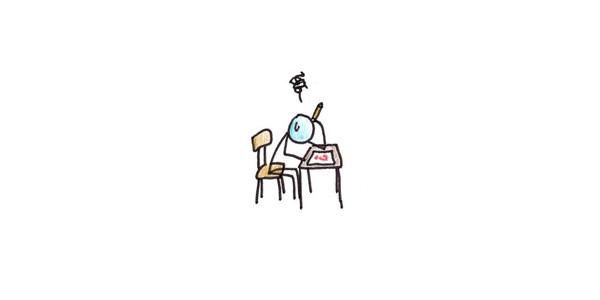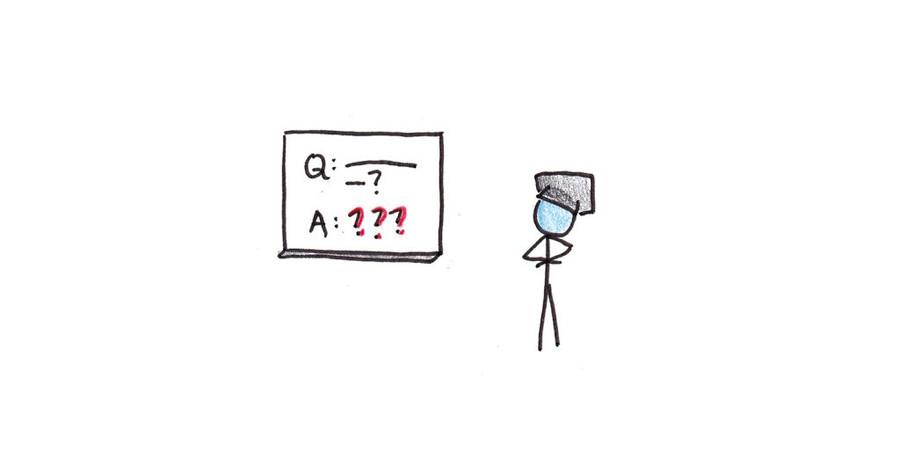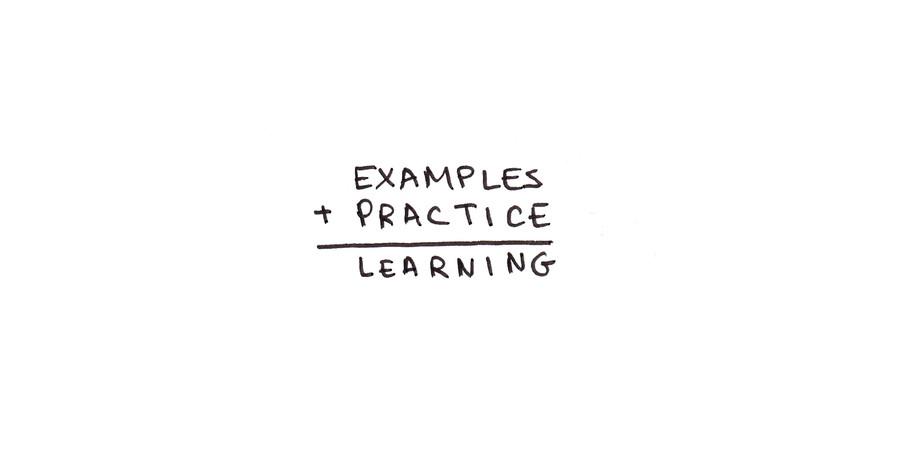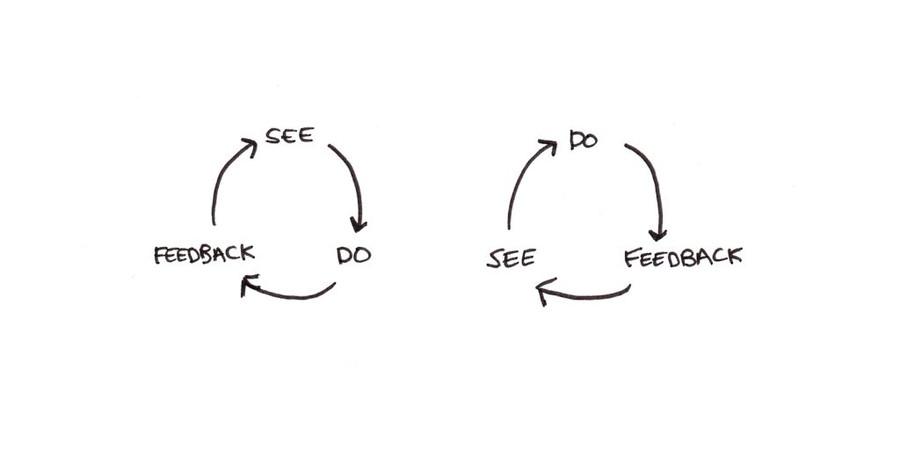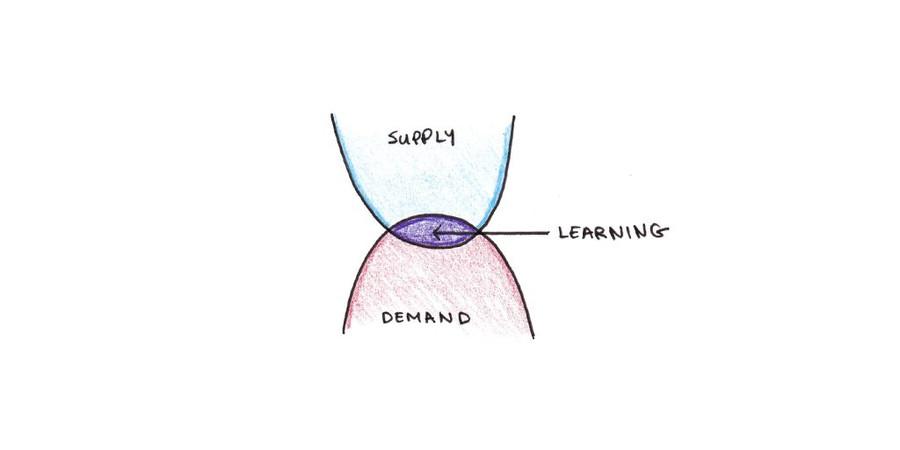Do You Learn More by Struggling on Hard Problems? - Scott H Young
Curated from: scotthyoung.com
Ideas, facts & insights covering these topics:
6 ideas
·38 reads
1
Explore the World's Best Ideas
Join today and uncover 100+ curated journeys from 50+ topics. Unlock access to our mobile app with extensive features.
Examples First: The Power of Direct Instruction
Nearly every problem is easier if someone shows you how to solve it first.
Direct Instruction (DI), is an instructional method developed by Siegfried Engelmann and others. DI starts by breaking complex skills into atomic components and carefully illustrates these components with examples before giving students lots of practice on those pieces. When students fail to learn, DI assumes the problem is usually with the lesson, not the student.
1
13 reads
Problems First: Failure Being Productive
The intuition behind solving problems first is also self-evident: how can you learn to solve problems yourself if you are always told exactly how?
Activation of prior knowledge. If you already have some knowledge of how to solve a problem, directly trying to solve it will force you to try to retrieve that knowledge.
Conceptual understanding. Seeing a problem first may make it easier to understand the conditions where the solution applies.
Motivation and engagement. Students may tune out if they only study worked examples. It’s impossible to solve a problem without cognitive engagement
1
7 reads
The Contest Winner: Finding The Right Side
It’s abundantly clear that both practice and instruction are necessary for effective learning. Advocates of Direct Instruction make ample room for practice after seeing examples. Studies that support a problem-first approach still require that the student is eventually shown the correct answer.
Thus, we can immediately rule out extremes. Pure discovery learning, where students are never shown instructions or examples, fails miserably.
Regardless of the optimal procedure—either see an example, then do practice, or attempt a solution, then see the example—both ingredients are necessary.
1
5 reads
Designing Your Practice Loop
Early on, struggle may help you get a sense of the problem, but you’re unlikely to arrive at the best answer spontaneously. In that case, difficulty can become undesirable. Even if you can figure out how to solve a problem, you may still benefit from seeing an example. Work in cognitive load theory suggests that studying the “correct” example is beneficial because it helps you learn the general pattern for solving that type of problem.
Later, as the material gets more manageable and you become more comfortable with it, there are increasing benefits to learning by problem solving.
1
5 reads
Learning: Supply and Demand
There are two distinct points of difficulty in learning:
Failures of instruction. When instruction is omitted or insufficient, students struggle.
Failures of initiative. Without active engagement by the student, lessons may be wasted.
For learning to happen, there must be a sufficient supply of knowledge to make successfully acquiring skills possible. At the same time, if there’s no demand to use that knowledge learning is often superficial.
1
5 reads
The Bottom Line
Problems of knowledge demand come when you consume information and never use it. Collecting cookbooks instead of making meals. Buying a phrase book rather than speaking a language. Watching videos on YouTube instead of doing the real thing.
The best thing you can do to improve your learning is to have all three ingredients: instruction, practice, and feedback. If you’re lacking one of these, ask yourself how you might seek it out and structure it into your efforts to get better. Only when you have access to all three does it make sense to fine-tune the sequence.
1
3 reads
IDEAS CURATED BY
Vikram Arora's ideas are part of this journey:
Learn more about parenting with this collection
Conflict resolution
Motivating and inspiring others
Delegation
Related collections
Similar ideas
8 ideas
6 ideas
13 ideas
Read & Learn
20x Faster
without
deepstash
with
deepstash
with
deepstash
Personalized microlearning
—
100+ Learning Journeys
—
Access to 200,000+ ideas
—
Access to the mobile app
—
Unlimited idea saving
—
—
Unlimited history
—
—
Unlimited listening to ideas
—
—
Downloading & offline access
—
—
Supercharge your mind with one idea per day
Enter your email and spend 1 minute every day to learn something new.
I agree to receive email updates
